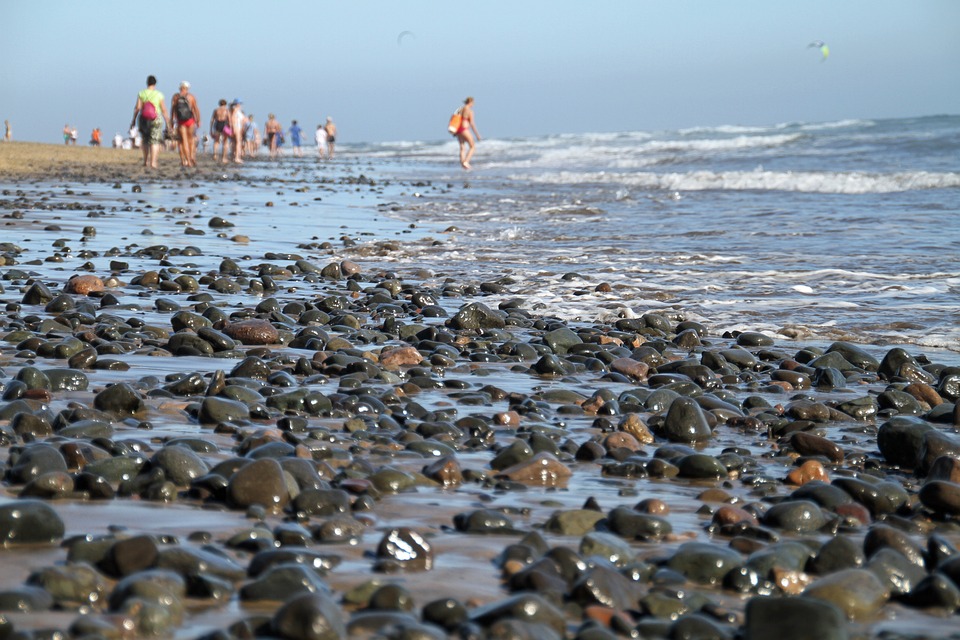Introduction
Nestled in the picturesque region of Galicia, Santiago de Compostela is a historic city that has been captivating visitors for centuries. This enchanting destination is famous for its rich cultural heritage, stunning architecture, and unique religious significance. Whether you are an avid pilgrim on the Camino de Santiago or a curious traveler looking to explore a lesser-known part of Spain, Santiago de Compostela is the perfect destination to immerse yourself in history, spirituality, and beauty.
The City’s History
With a history dating back to Roman times, Santiago de Compostela is steeped in fascinating stories and legends. The city owes its name to the apostle Saint James, whose remains are said to rest in the magnificent Cathedral of Santiago de Compostela. During the Middle Ages, the city became a major Christian pilgrimage site, attracting travelers from all over Europe. Today, it continues to welcome thousands of pilgrims who walk the famous Camino de Santiago routes.
Architectural Marvels
One of the highlights of Santiago de Compostela is its architectural beauty. The city’s UNESCO-listed historic center is a maze of narrow cobblestone streets, squares, and medieval buildings that transport visitors back in time. The grand Cathedral of Santiago de Compostela, with its stunning Baroque façade and majestic towers, stands as the centerpiece of the city. Inside, the cathedral houses the famous Botafumeiro, a massive incense burner that swings through the nave during special religious ceremonies.
Exploring the old town, visitors will also encounter numerous splendid plazas, such as Obradoiro, Quintana, and Praterías. These charming squares are surrounded by elegant palaces, centuries-old churches, and inviting cafés, offering a perfect backdrop for leisurely strolls and people-watching.
Cultural Heritage
Aside from its religious and architectural wonders, Santiago de Compostela boasts a rich cultural heritage. The city is home to the University of Santiago de Compostela, one of the oldest universities in Spain, which fosters a vibrant student atmosphere and contributes to the city’s cultural scene. Galleries, museums, and theaters abound, showcasing both local and international artistic talent.
Music and dance also play an important role in the city’s culture. Traditional Galician music can often be heard in the streets, accompanied by lively cabaret and folk dances that display the region’s unique traditions.
Gastronomy and Wine
No visit to Santiago de Compostela would be complete without indulging in the local gastronomy. Galician cuisine is renowned for its fresh seafood, hearty stews, and delectable cheeses. Caldo gallego, a traditional cabbage soup, and pulpo a la gallega, octopus cooked with paprika and olive oil, are must-try dishes.
Wine enthusiasts will also find joy in Santiago de Compostela. The region is known for its crisp and aromatic white wines, such as Albariño, which perfectly complement the local seafood dishes. Visiting the nearby Rías Baixas wine region for a tasting is highly recommended for wine lovers.
FAQs
How do I get to Santiago de Compostela?
Santiago de Compostela has its own international airport, which receives flights from major European cities. Alternatively, you can catch a train from other Spanish cities or even embark on the Camino de Santiago pilgrimage route by foot or bicycle.
What is the best time to visit Santiago de Compostela?
While the city can be enjoyed year-round, the best time to visit Santiago de Compostela is during the summer months, from June to September. The weather is pleasant, and the city comes alive with festivals and events. However, do note that it can be crowded during this period due to the influx of pilgrims and tourists.
Are there accommodations available in Santiago de Compostela?
Yes, Santiago de Compostela offers a wide range of accommodations to suit every budget and preference. From boutique hotels and charming guesthouses to budget-friendly hostels, the city has something for everyone. It is advisable to book in advance, especially during peak pilgrimage seasons.
Can I explore Santiago de Compostela on foot?
Absolutely! Santiago de Compostela is a compact city that can easily be explored on foot. Walking through its charming streets allows you to appreciate its architectural beauty and stumble upon hidden gems that might otherwise be missed.

